Reto Geiser
gta publishers
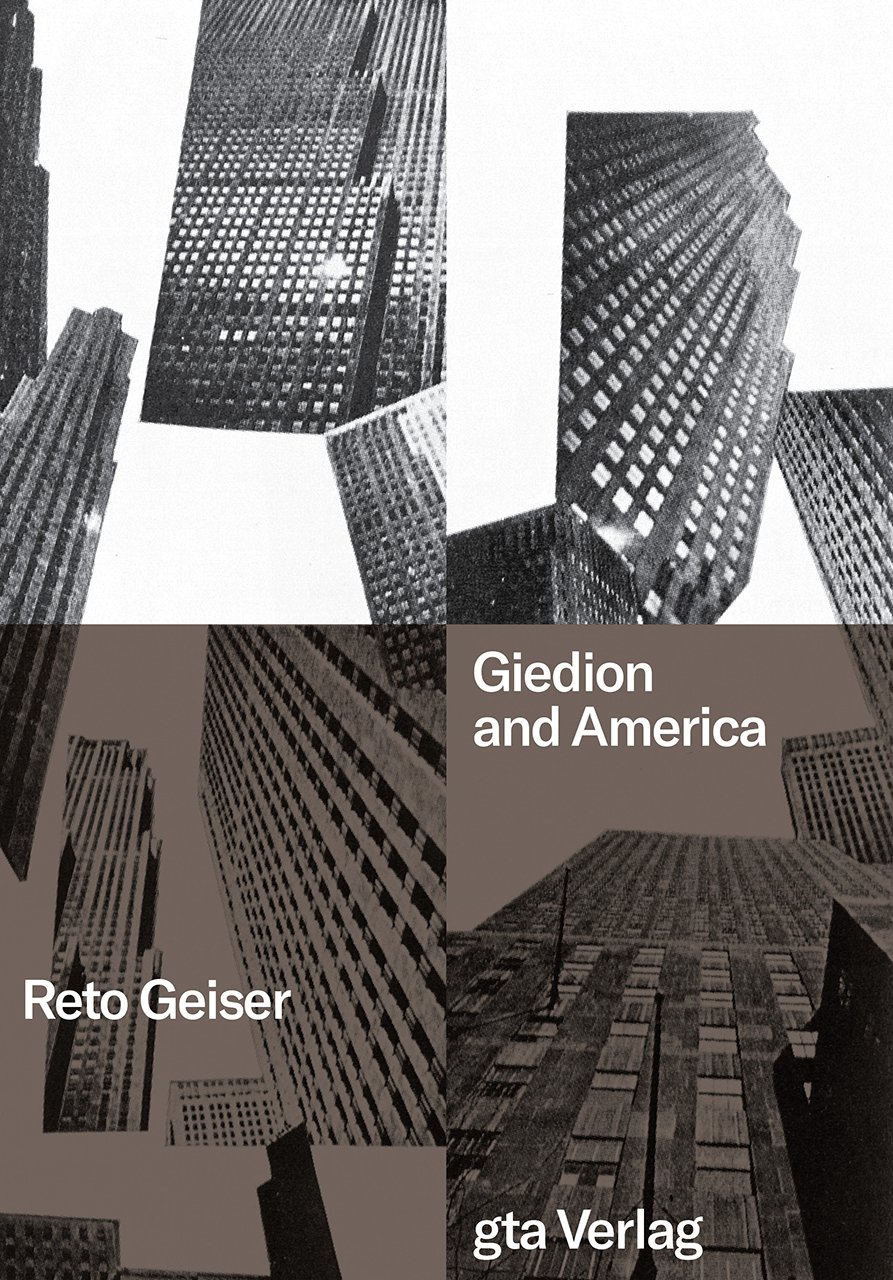
In his Histories and Theory of Architecture, Italian architect and historian Manfredo Tafuri defined postwar “operative” historians as those who self-reflexively consolidated the narratives leading up to the Modern Movement in order to present it as a unified amalgam of pre-modernist practices and discourses.1 Figures like the Swiss architectural historian Sigfried Giedion engaged in such a genealogical approach that deployed an interpretive stance akin to montage; taking an activist, polemical stance, they presented divergent moments in cultural space and time as convergent. Crafting a clear trajectory for the movement, Tafuri claimed, required the delineation of an opposing voice: the eclecticism of the nineteenth century and its preoccupation with styles (141).2 Indeed, Giedion believed it a mandate of his discipline to read the past through a commentary on the present (377) and to retain only those aspects of the former he deemed “still vital.”3 This necessarily selective reading not only exemplified his “historiographical deformations” as Tafuri called them; it also created political rifts in his network of professional relationships (142).
As one would expect of a figure as prolific as Giedion, this association with operativity is only part of the story. Credit for the definitive biography goes to Sokratis Georgiadis, while more recent texts devoted to the scholar’s life and career examine his harnessing of photography, and his partnership with his wife Carola Giedion-Welcher.4 Reto Geiser’s Giedion and America builds on these works by tackling Giedion’s American forays much like a stage director, choregraphing a play in four acts. He frontloads biographies of familiar figures (“protagonists” as he calls them) who played prominent roles in Giedion’s career, including Walter Gropius, Le Corbusier, and László Moholy-Nagy, alongside others who served important roles in his later life as an itinerant academic. Geiser’s meticulous archival research also offers new perspectives into Giedion’s friendships with Lewis Mumford, Marshall McLuhan, and Eduard Sekler, among others.
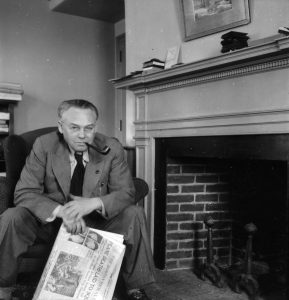
I suspect that Giedion would be pleased with the book’s graphic design and structure. Not only are there numerous illustrations; the division of the chapters and their organization pay homage to Giedion’s plea for active and engaged reading that nimbly navigates from text to image. And who better than Geiser to take on this project? A Swiss architect with an expansive practice (with partner Noemi Mollet) and research agenda, he claims books but also exhibition curation, graphic design and typography as output that likewise straddles history and theory, design and making.
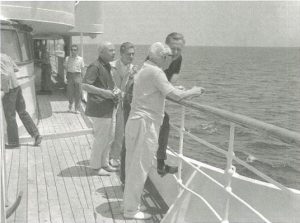
Translation operates as a metaphor for the larger framework of Geiser’s book. The choice of the conjunction “and” over the preposition “in,” Geiser tells us, accurately describes Giedion’s fraught relationship with America (8). Neither émigré nor infrequent visitor, Giedion’s decades-long engagements with American schools of architecture could best be described as those of a transatlantic commuter in permanent exile. Much to his dismay and frustration, Giedion never gained a permanent foothold on either side of the Atlantic. This was not for lack of trying, and Geiser recounts instances of his indefatigable attempts to garner full-time positions at the Harvard GSD, where his friends Walter Gropius and Jose Luis Sert served as deans, and at the ETH in his native Switzerland. Translation also reverberates in Geiser’s use of the “In-Between” for all his chapter headings. Similar to the “and” in the book title, in-between-ness reflects Giedion’s mediating role. He was both an importer of European modernism into an American context, and an ambassador of transatlantic cultural exchange.

Geiser also emphasizes the role that translators played in Giedion’s career. Giedion was keenly aware that translations offered their unique contributions to the discourse of architectural history. Giedion’s working knowledge of English was rudimentary at best—a fact that Gropius, chair of the architecture faculty at Harvard University, downplayed in order to secure his position as Eliot Norton Professor in Poetry (51). Since his most famous books, Space, Time and Architecture (1941) and Mechanization Takes Command (1948), were products of his American stays, they were written in English and only years later translated into his native German. Some of Geiser’s more original scholarship centers on Giedion’s relationship with South African planner and educator Mary Jaqueline Tyrwhitt. A member of both The Modern Architectural Research (MARS) Group and CIAM (Congrès Internationaux d’Architecture Moderne), for which Giedion served as secretary-general from 1928 to 1959, she worked closely with Giedion as a translator. Geiser notes that in Tyrwhitt Giedion “finally found an English voice that would reflect his German thoughts” (59). Despite his initial unwillingness to relinquish authorial control, their close collaboration endured for twenty years.5 Her augmented role as an editor further cemented her position as a writer of history in her own right (59). She eventually assumed the role of sole translator, and as such succeeded where others had faltered.6 In evoking Maurice Blanchot’s view on translation as a force that “awakens difference”(57), Geiser further contextualizes Giedion’s operativity in his proclamation that “history cannot be touched without changing it” (64).

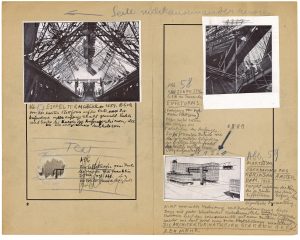
Geiser’s research also proves that the designation of Giedion as “historian” paints only a partial picture. In this regard, Giedion notably had clear affinities with his German counterpart Walter Benjamin, and Geiser astutely touches on the similarity of their research démarches (193).7 Like Giedion, Benjamin was a collector of knowledge. His archival sensibility and multi-disciplinary research agenda match the sheer scale of Giedion’s interests. While it is not inaccurate to associate Giedion with the larger field of art history (aligning him to his formal training under Heinrich Wölfflin), it is worth reminding us all that in his advocacy of the “heroes” of the Modern Movement, he was promoting his peers and friends. Viewing Giedion more precisely, then, as a contemporary critic, Geiser goes a long way to prove that Giedion was committed to situating the cultural and social underpinnings of his own era. Above all, he was “a commentator on and witness to modernity” (9).
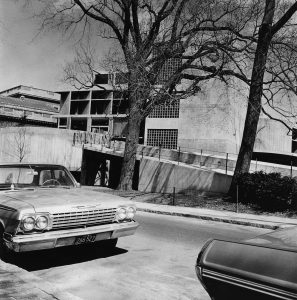
Endnotes:
Jasmine Benyamin is associate professor of architecture at the University of Wisconsin-Milwaukee, where she teaches history and theory courses and design studios at the undergraduate and graduate levels. She holds bachelor’s degrees in architecture and French literature from Columbia University, a master of architecture degree from Yale University, and a PhD from Princeton University. Her dissertation research was the recipient of several grants, including the Canadian Centre for Architecture (CCA) and fellowships from both the DAAD and Fulbright Foundation. Her publications include essays and reviews for JSAH, Thresholds, Constructs, JAE, Offramp, and The Journal of Architecture.
How to Cite This: Benyamin, Jasmine. Review of Giedion and America: Repositioning the History of Modern Architecture by Reto Geiser, JAE Online, August 28, 2020.






